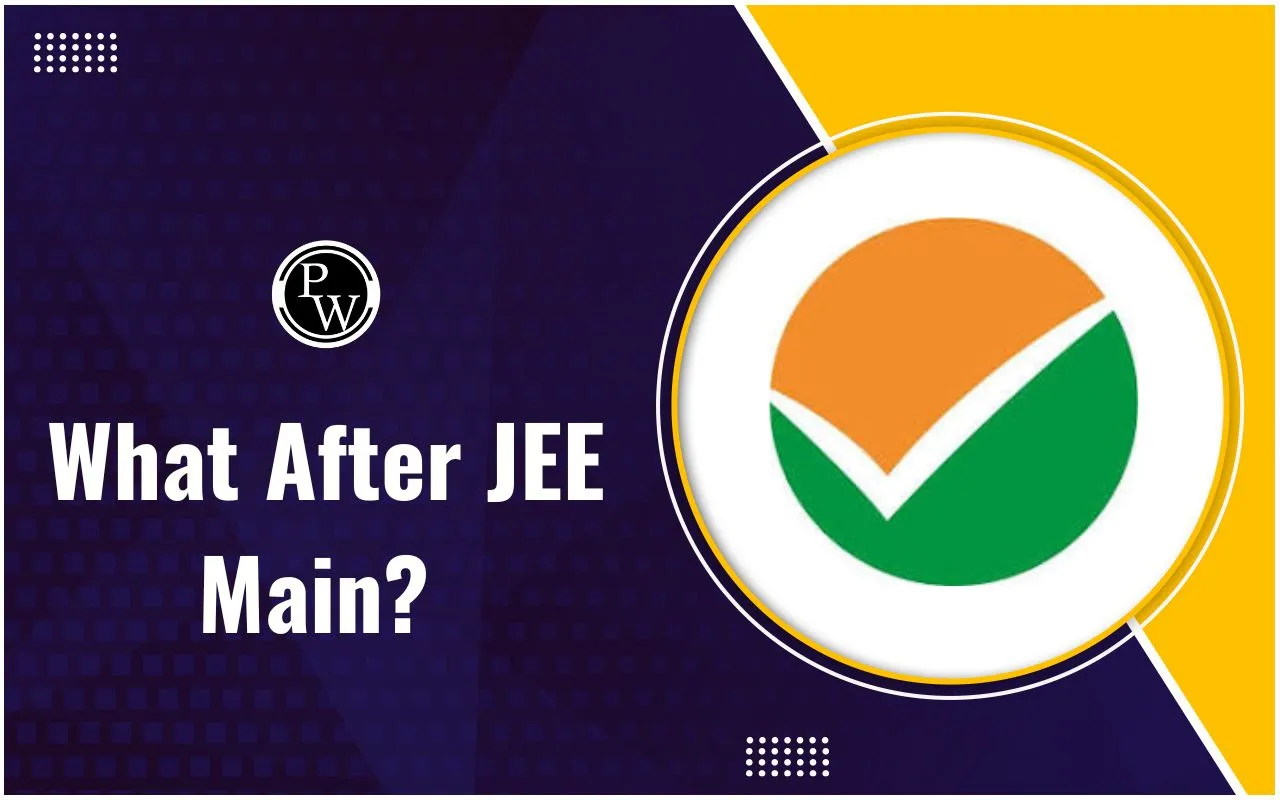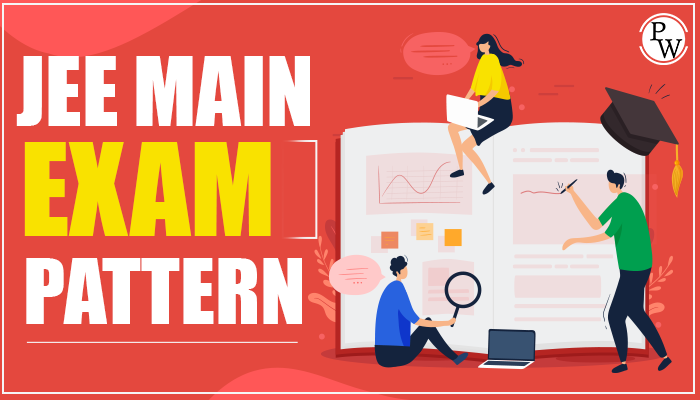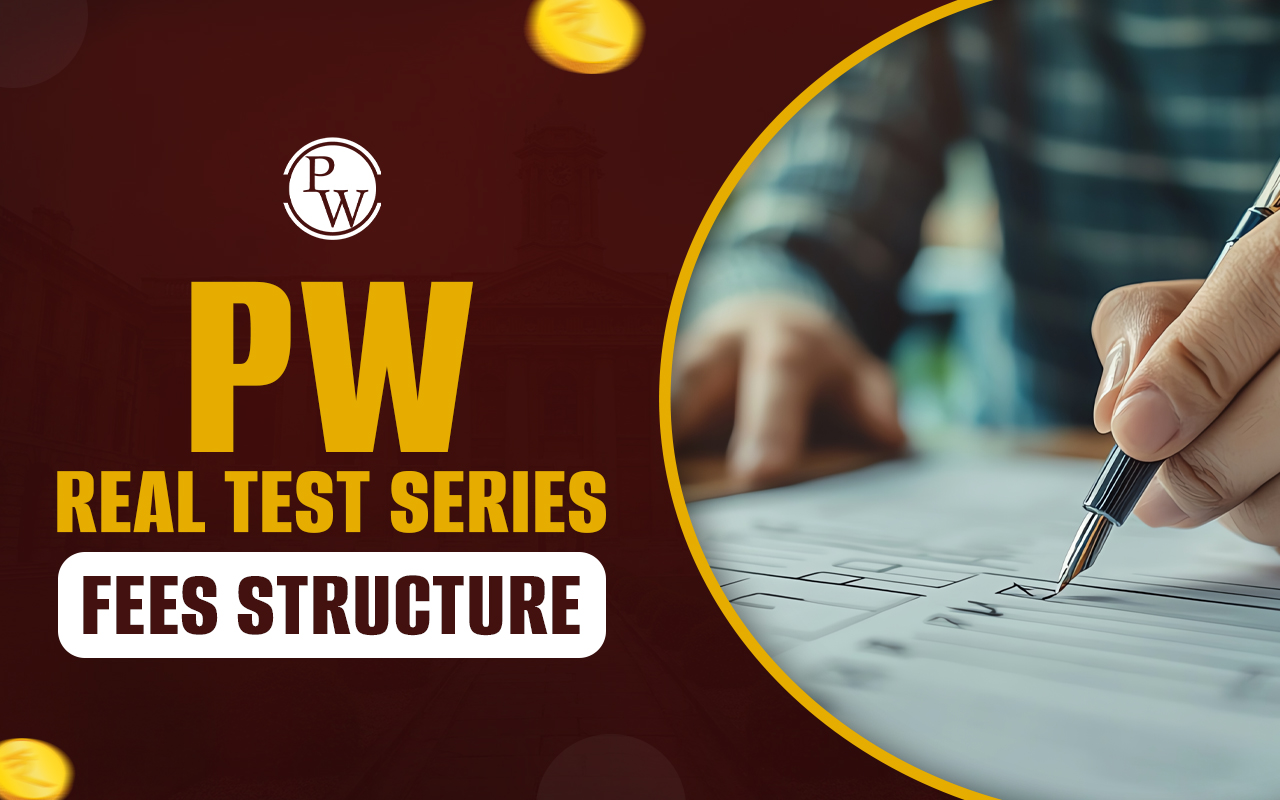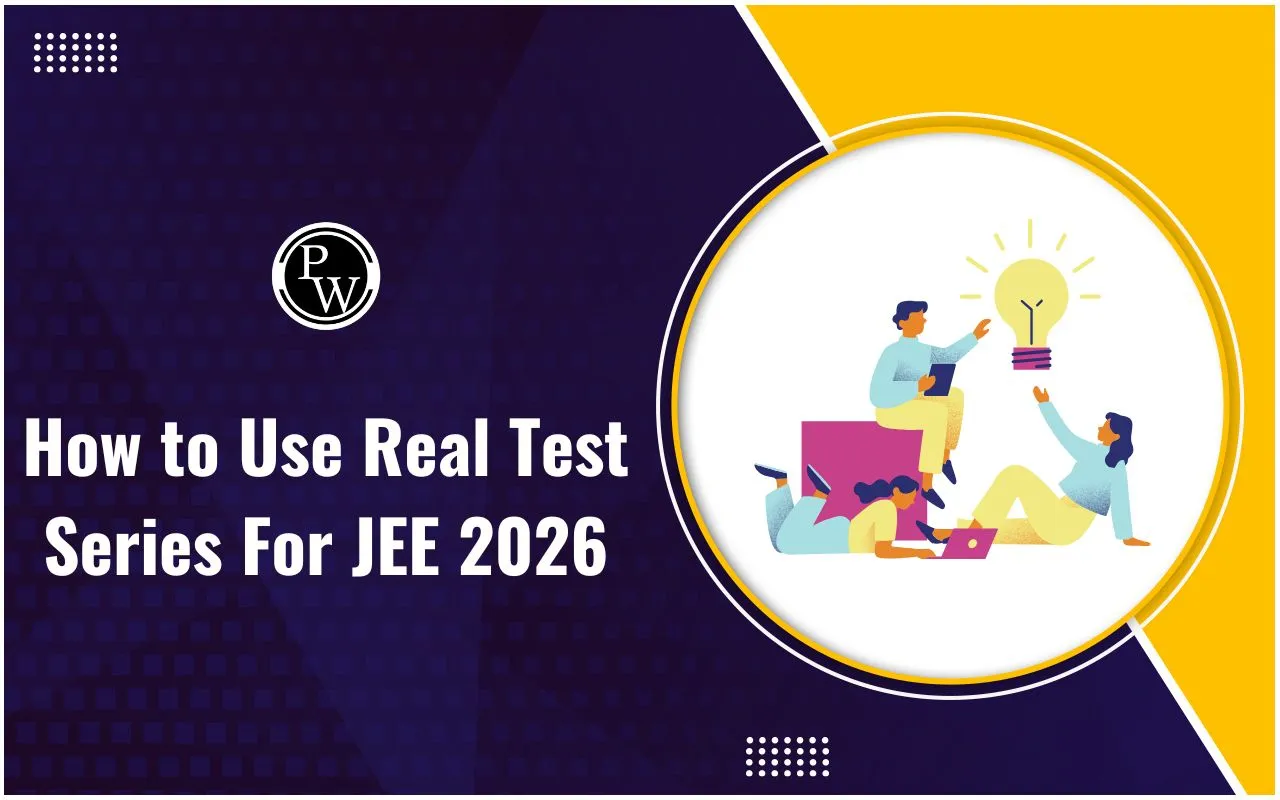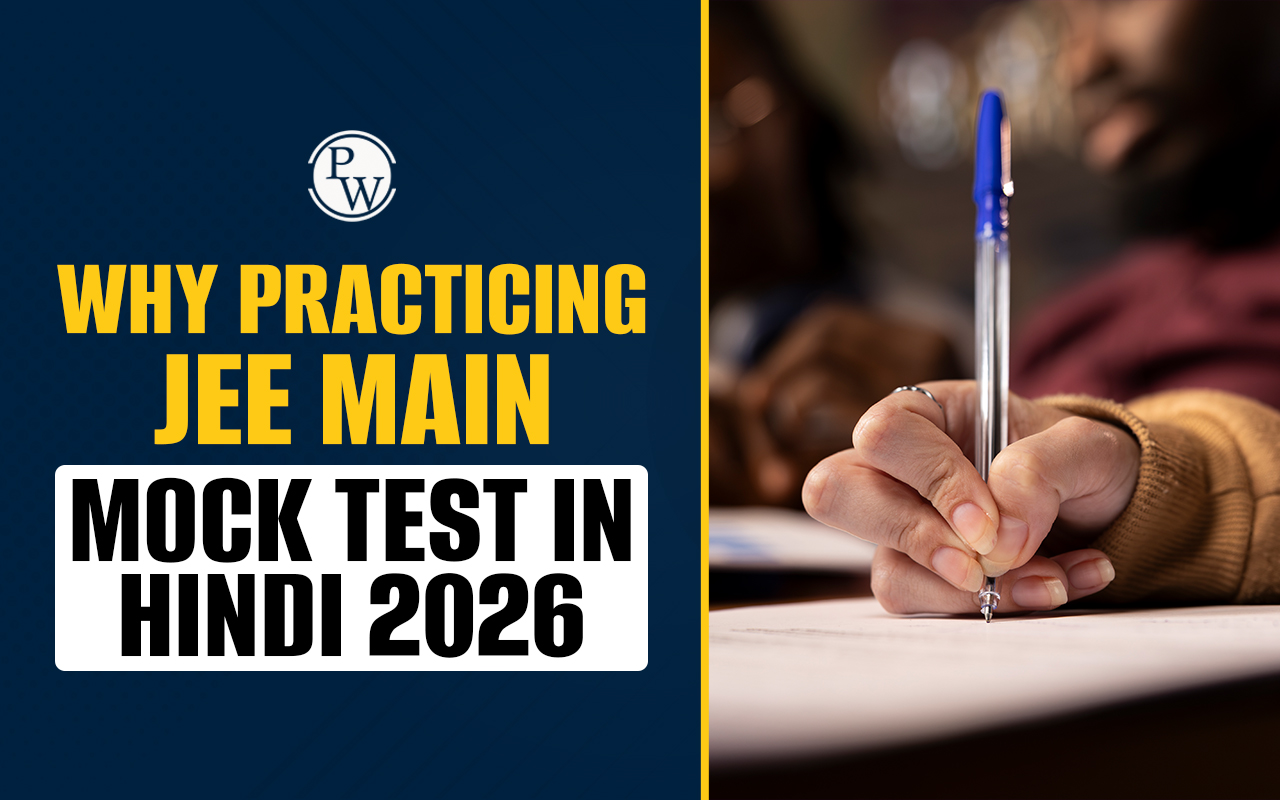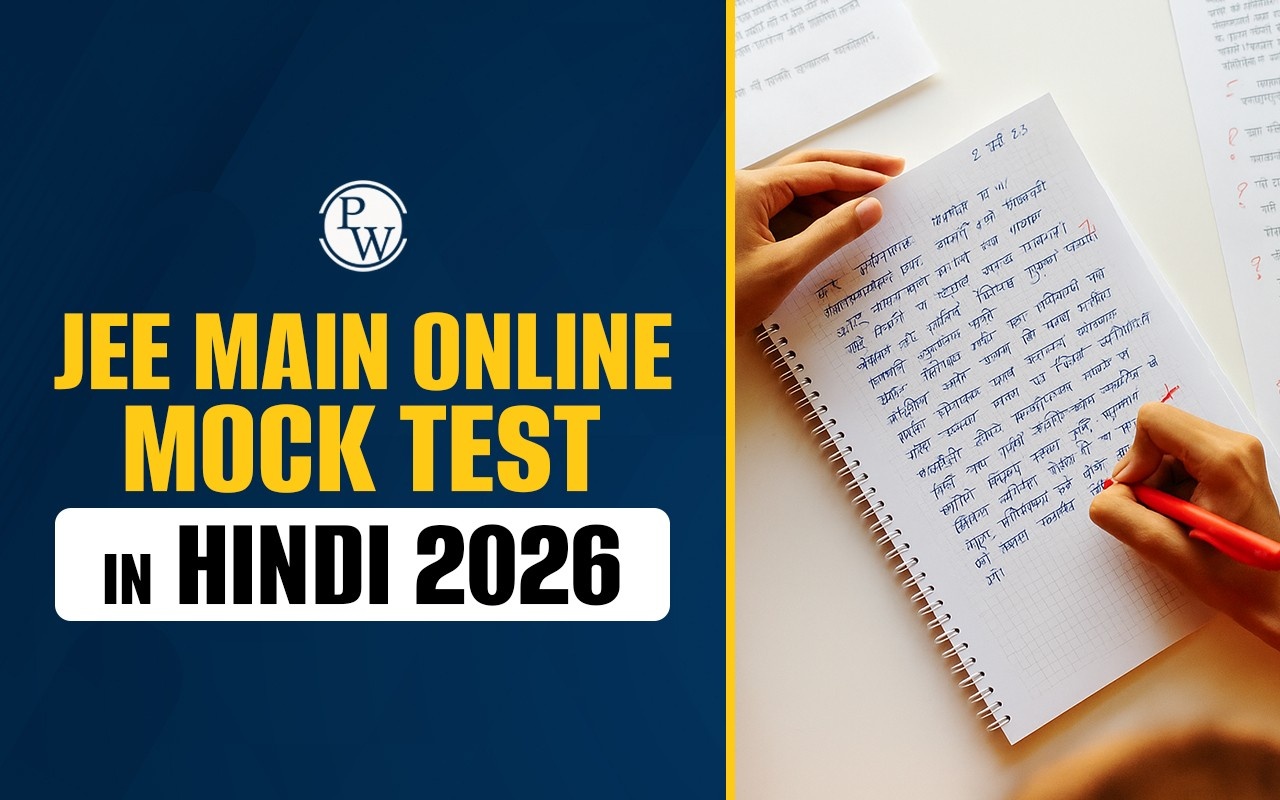
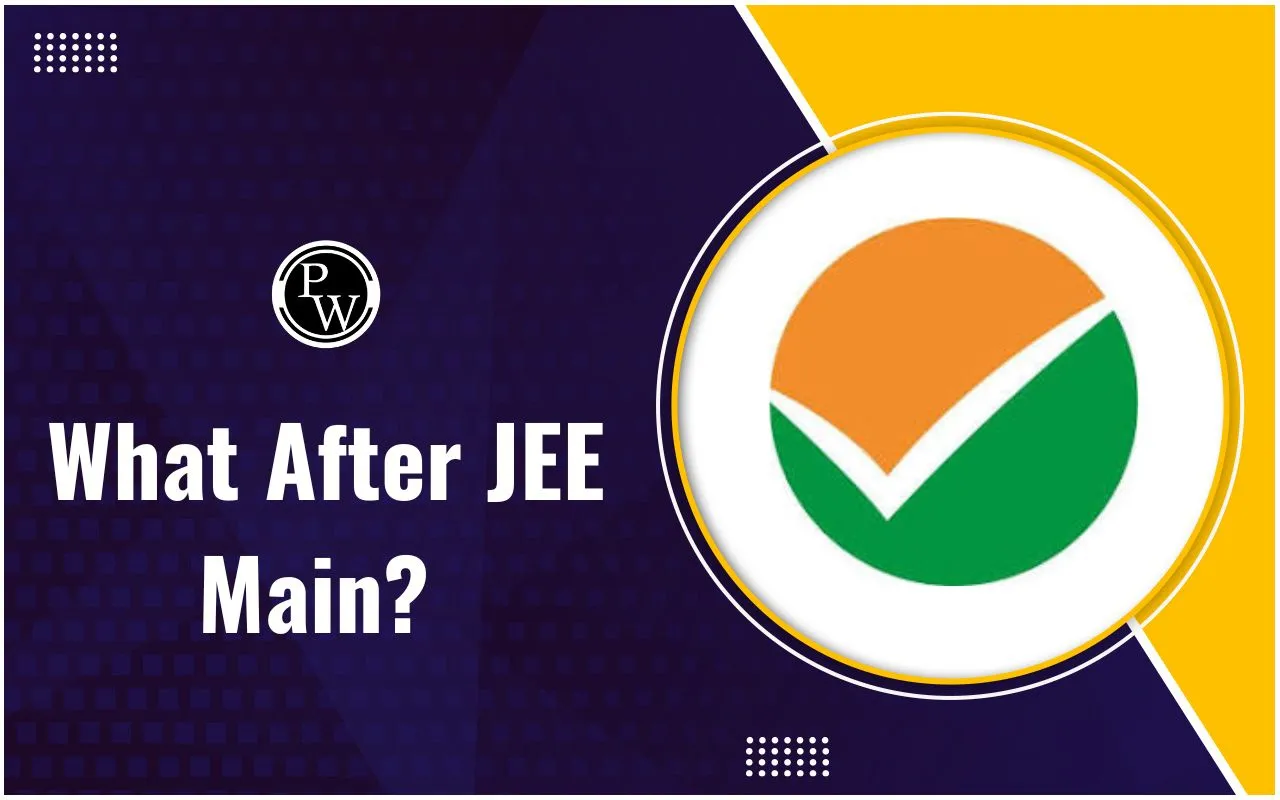
JEE Main 2025 results have been announced, and those who have performed well are now eagerly waiting for the next phase. But what after JEE Main 2025? It is essential to begin planning for the next phases—preparation for JEE Advanced, counselling, and selecting the appropriate IIT based on your score and inclination. If you have cracked JEE Main, now is the time to concentrate on what's next. What’s the best way to get ready for JEE Advanced 2025? How should one decide on the ideal IIT and branch to pursue?
This article guides you through the key steps post-JEE Main, based on advice given by mentors of Physics Wallah's study group, so you can proceed confidently and with clarity.
What’s Next After Cracking JEE?
Approximately 7 to 8 lakh students appear for JEE Main every year, but not more than a few thousand get selected for the next round—JEE Advanced. The non-selected ones, however, have excellent chances through JoSAA counselling as well as various state-level engineering entrance tests.
For those who are eligible for JEE Advanced, the process gets tougher. There are only a few seats to be filled across 23 IITs of India.
The first and most important step is to check your JEE score and make an informed decision about your next move. It’s helpful to look at previous years' JEE cutoffs for top engineering colleges. This can guide your planning:
-
If you’ve cleared JEE Main, it helps set a target rank for JEE Advanced.
-
If not, it assists you in finding other colleges where you may continue to seek quality engineering education.
After JEE Main 2025 – Shift Gears for JEE Advanced
For those who have qualified JEE Main 2025, the following big challenge is JEE Advanced—the door to getting admission in the elite IITs. Students who have reached this point need to immediately switch into exam mode. As per Physics Wallah's teaching team, preparation for JEE Advanced should ideally be done during the JEE Main phase itself, as the gap between the two exams is very short.
Now is the time to fine-tune your preparation. Create a focused study plan, solve as many mock tests as possible, and don’t hesitate to clear even the smallest of doubts with your teachers or mentors.
Keep in mind that clearing JEE Advanced alone will not be the aim, but striving for a good rank, so you can get your desired branch in a good IIT. The competition will be tough, and qualification alone will not suffice at this level.
Check JEE 2025 Qualifying Cut-Off After the Result
Qualifying JEE cut-off is the minimum rank or score that must be achieved for admission to the best engineering colleges such as IITs, NITs, and GFTIs. Students are advised to thoroughly verify the qualifying cut-offs of their desired colleges and streams to make rational decisions about where to seek admission. If your rank is very near the qualifying cut-off, it will not be sufficient to get admission to the best government college or to your chosen stream.
NTA releases independent qualifying cut-offs for JEE Main and JEE Advanced. Candidates scoring higher than the JEE Main cut-off qualify for JEE Advanced 2025, which opens the gates for admission into the IITs.
Conversely, individuals with a high JEE Main score, but not sitting for Advanced, can seek admission in NITs, IIITs, and other GFTIs through the JoSAA counselling process.
Also Check : JEE Main Cutoff 2025
Understand the JoSAA Counselling Process
Joint Seat Allocation Authority (JoSAA) oversees the counselling procedure for admissions via JEE Main and JEE Advanced. Candidates need to undergo JoSAA Counselling 2025 after clearing either of the stages to be eligible for admission into 23 IITs, 32 NITs, 26 IIITs, and 40 other GFTIs.
Only qualified candidates of JEE Advanced 2025 are entitled to seat allotment in IITs. Others may look for admission into NITs, IIITs, and GFTIs as per their JEE Main 2025 rank.
It's recommended to see last year's opening and closing ranks of the best engineering colleges in your category. This assists in estimating your chances and preparing your preference list at counselling.
For the step-by-step process, fee payment, and document submission, kindly refer to the official JoSAA website and keep track of dates and announcements.
Guide to Choosing IIT for Your Career
Climbing through JEE Advanced 2025 is an enormous achievement, but the correct IIT is just as valuable as getting in. While all IITs are great institutions, not all IITs could suit your personality, aims, and ambitions. Once you've passed the entrance exam, begin looking and researching IITs by factors such as their NIRF ranks, facilities, teaching, and research work in your preferred branch, college life, and location on a map.
From toppers to academic mentors, everyone stresses that rankers should take a well-considered decision after keeping all the necessary factors in mind, like college fee, placement history, branch strength, and future career prospects.
So, take your time, analyze well, and choose the best IIT that fits your goals, not just your rank, for a truly fulfilling engineering journey.
Also Check : JEE Main Result 2025
Guide to Choosing Right Engineering Branch
Once a good result in JEE is obtained, the choice of the right branch of engineering then follows as a very important next step, almost as much so as college selection. The choice of branch can have a lasting influence on your career and studies ahead. For example, while one might choose Civil Engineering from IIT Kharagpur, another might prefer Computer Science from IIT Bombay, depending on individual aspirations and inclination.
Students are advised to opt for their branch according to aptitude, interest, and long-term career goals. Certain IITs are especially famous for certain branches, so it's necessary to align JEE rank, subject interest, and future plans accordingly.
Carefully analyzing branch-wise strengths across IITs can ensure that you make a choice that supports both academic happiness and career success.
What After JEE Main? FAQs
Q.1: Can I secure a good college with just JEE Main qualification?
Q.2: What career paths are available after completing engineering through JEE Main?
Q.3: Is it possible to get admission into an IIT solely by clearing JEE Main?
Q.4: Can I go for counselling if I have given JEE Main (not Advanced)?

